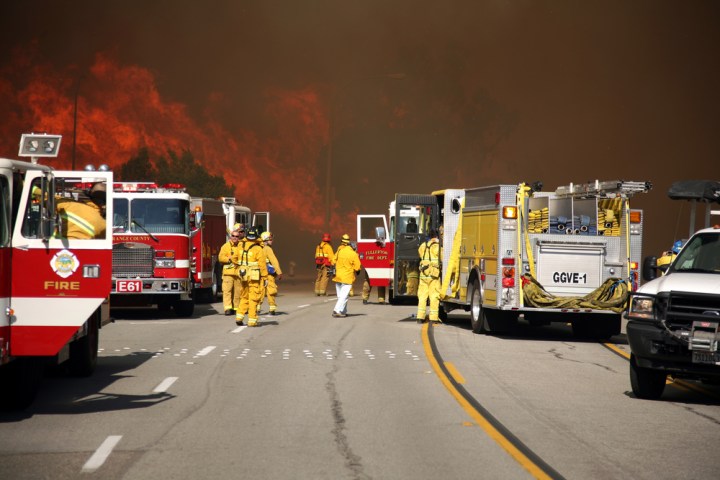
FireSat was first presented to the joint NASA/U.S. Forest Service Tactical Fire Remote Sensing Advisory Committee in 2011, but the technology to bring the project to fruition was not yet available. “Such a system has only now become feasible at a reasonable cost,” said Robert Staehle, lead designer of FireSat at JPL. “Enabled by advances in commercial microelectronics that NASA, JPL, and universities have tested in space via CubeSat experiments, and by software technology originally developed to give Mars rovers and Earth orbiters more autonomy in their science observations.”
Using satellites to detect wildfire activity is nothing new. NASA already has a space-based fire detection system in place, but the system is limited in what it can do. It can only detect fires twice a day and can only transmit large image files that show the fire from space. The new FireSat system will offer a significant improvement, providing the ability to detect a new fire (35 to 50 feet wide or larger) within 15 minutes of when it starts. Once detected, the network can begin sending data to first responders in the area of the fire within three minutes.
Low-resolution images of the wildfire can be sent at a rate of one image per minute. Each image is accompanied by the GPS coordinates of the area that is burning along with other information such as the perimeter, intensity, and movement of the fire. The satellite information will be delivered to first responders via a FireSat app that will combine the fire data with important hydrological, carbon, and vegetation information. Because it uses satellites, the system can provide this information in areas with little to no Internet coverage. This near real-time data provides first responders with both an early detection system and an unprecedented level of detail about an existing wildfire threat.
JPL will take the lead on the project, working on the design and development of the sensor network along with California’s Ecliptic Enterprises which is supplying the sensor assemblies for the satellites. JPL is also collaborating with San Francisco-based Quadra Pi R2E, which is running a kickstarter project to publicly announce the project and gauge public interest in it. The Quadra group already has obtained the $30 million in funding that is necessary for the project, with $20 million coming from non-US government grants or investment funding and another $10 million in debt funding. The team hopes to have the satellite network up and running by June 2018.




